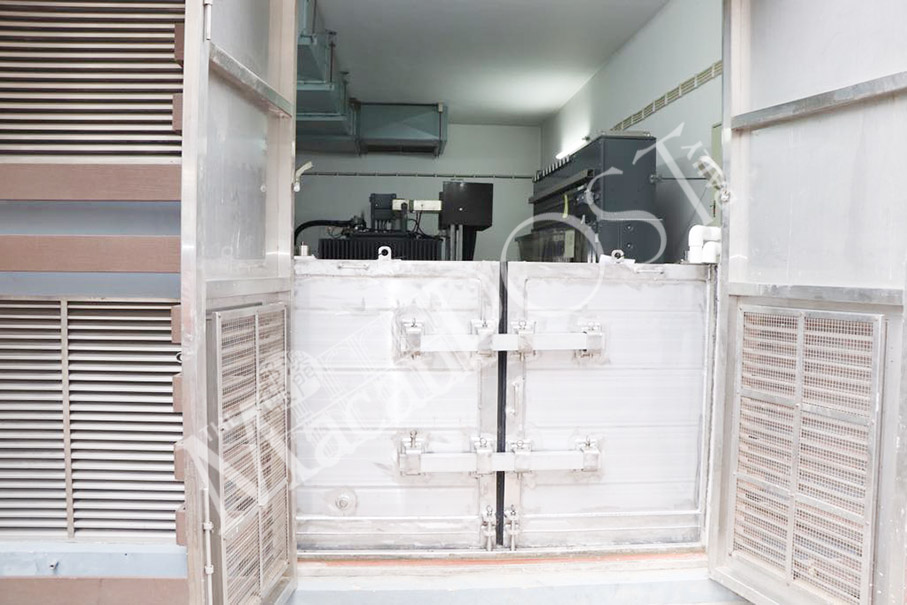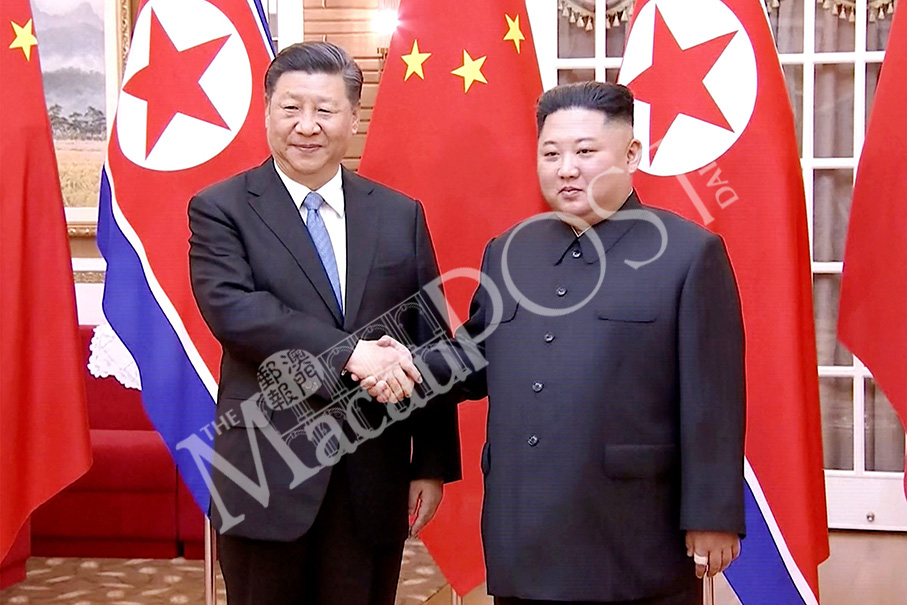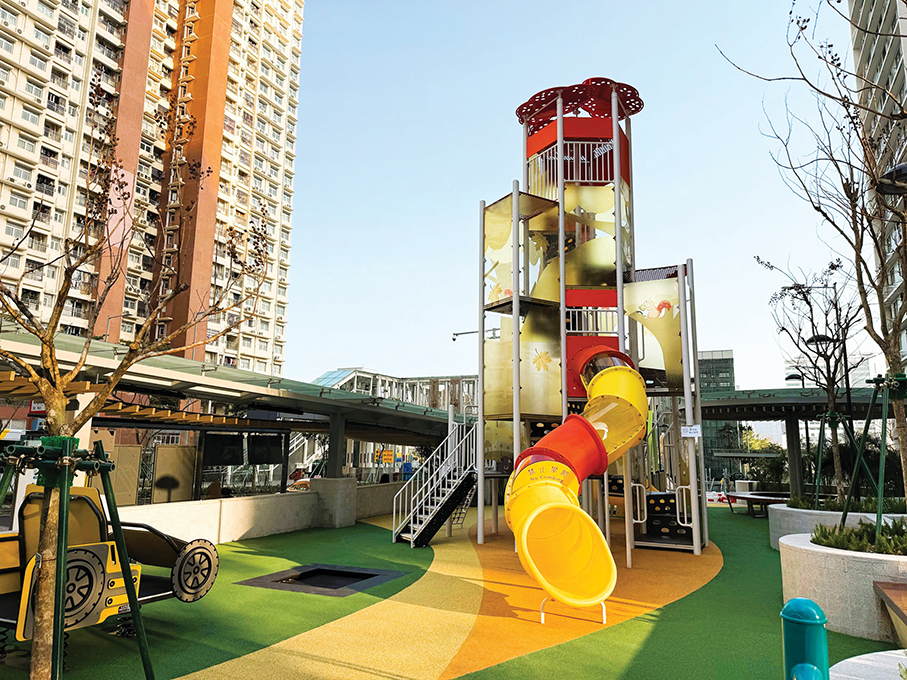Power utility CEM is upgrading 100 of its customer substations in the city’s low-lying areas this year, with about 80 of them already completed, CEM Transmission and Distribution Department Senior Manager Billy Chan Hon Keong said yesterday.
Chan made the remarks during a press conference about the company’s anti-flood measures, at the CEM System Dispatch Centre in Zape.
Last August, Super Typhoon Hato pummelled the city resulting in 10 fatalities and 244 injuries, causing damage officially estimated at 12.5 billion patacas. Many of CEM’s power supply facilities were either affected or badly damaged by the floods in various areas, causing massive power outages in the city. Many residents living in the Inner Harbour area did not have electricity in their buildings for days due to the flood-induced damage to power supply facilities.
Chan noted that the company has about 1,600 customer substations in the city, adding that during the Hato onslaught some 220 customer substations located in the low-lying Inner Harbour and Ilha Verde areas were affected.
According to the Chan, the company is carrying out flood defences such as installing flood barriers, which are about 1.2-metres high, flooding alarm systems and sump pumps inside the stations.
A sump pump is a pump used to remove water that has accumulated in a water-collecting sump basin, commonly found in the basements of homes. A sump is a low space that collects often undesirable liquids such as water or chemicals.
Chan noted that the measures could protect the stations from future flooding in case of typhoons with the same intensity as Hato, during which the government recorded the city’s highest typhoon-induced tidal levels ever.
The company has already upgraded 80 customer substations, with a further 20 to be upgraded by the end of the year.
Asked by a reporter about the company’s long-term flood defence work, Chan said, “We have several long-term [measures or work to carry out]. So the first one is…to revise the design standard…[which regulates] new buildings [which may be constructed] in these low-lying areas.”
Chan also said that a new regulation, slated to be in force in the fourth quarter of this year, requires new buildings to place potheads and distribution pillar boxes at a higher level so that they would be less likely to be affected by possible flooding.
A pothead is a type of insulated electrical terminal used for transitioning between an overhead line and underground high voltage cable or for connecting overhead wiring to equipment like transformers.
According to Chan, 3,463 potheads out of around 20,000 potheads were damaged during the Hato disaster and have been replaced since then.
Meanwhile, Chan pointed out that his company is also planning to move some substations to higher-lying locations in the Inner Harbour area.
CEM Transmission and Distribution Department Senior Manager Billy Chan Hon Keong speaks during yesterday’s press conference at the CEM System Dispatch Centre in Zape. Photo: Joel Chu
This photo taken yesterday shows a customer substation in Ha Van (the Chinese name for the Praia do Manduco neighbourhood in the Inner Harbour area near Barra) installed with a flood barrier, which is about 1.2 metre high. Photo: MPGD
PLEASE READ THE FULL ARTICLE IN OUR PRINT EDITION.








